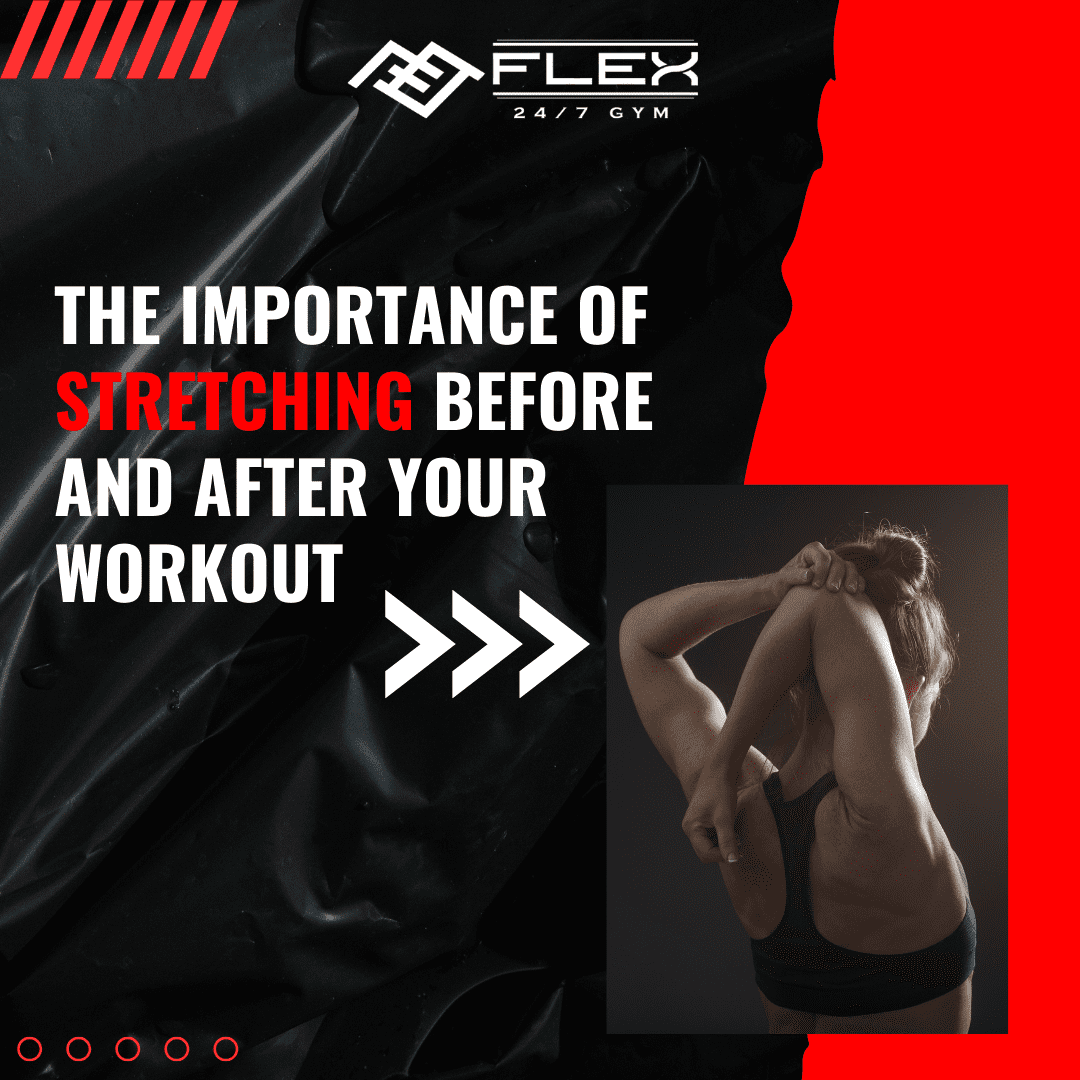The Importance of Stretching Before and After Your Workout

In the pursuit of fitness goals, the importance of stretching often gets overlooked or brushed aside. However, integrating stretching into your pre and post-workout routines can significantly enhance your overall fitness experience and contribute to long-term health and performance gains. Let’s delve into why stretching is an indispensable component of any exercise regimen.
Pre-Workout Stretching: Priming Your Body for Action
Before diving into your workout routine, it’s essential to prepare your body for the physical demands ahead. Pre-workout stretching serves as a vital tool to gradually awaken your muscles and joints, increasing flexibility and range of motion. This preparatory phase not only helps prevent injury but also optimizes your performance during subsequent exercises.
The benefits of pre-workout stretching are manifold:
- Improved Flexibility: Stretching helps loosen tight muscles and increase joint mobility, allowing for a wider range of motion during exercise. Enhanced flexibility translates to better form and technique, reducing the risk of strains or sprains.
- Enhanced Blood Circulation: Dynamic stretching techniques stimulate blood flow to the muscles, delivering oxygen and nutrients essential for peak performance. Improved circulation also aids in the removal of metabolic waste products, reducing muscle soreness and fatigue.
- Mental Preparation: Engaging in pre-workout stretching fosters a mind-body connection, mentally preparing you for the physical exertion ahead. It serves as a moment of mindfulness, allowing you to focus on your breathing and set intentions for the upcoming workout.
Effective pre-workout stretching strategies may include dynamic stretches, such as leg swings, arm circles, and lunges, performed in a controlled and deliberate manner. Tailoring your stretching routine to target specific muscle groups relevant to your planned workout can further optimize results.
Post-Workout Stretching: Enhancing Recovery and Flexibility
As you conclude your exercise session, post-workout stretching assumes a critical role in promoting recovery and minimizing muscle tightness. Incorporating stretching into your cooldown routine facilitates the transition from exertion to relaxation, aiding in the body’s recovery process.
Key benefits of post-workout stretching include:
- Muscle Recovery: After intense physical activity, muscles may become tight or fatigued due to repetitive contractions. Post-workout stretching helps alleviate muscle tension and soreness by promoting blood flow and facilitating the removal of lactic acid buildup.
- Injury Prevention: Engaging in post-exercise stretching helps maintain muscle and joint integrity, reducing the likelihood of injury or overuse syndromes. By addressing muscle imbalances and restoring optimal muscle length, stretching contributes to overall musculoskeletal health.
- Long-Term Flexibility: Consistent post-workout stretching sessions contribute to long-term improvements in flexibility and joint mobility. Over time, this increased flexibility can enhance athletic performance, prevent age-related decline in mobility, and support functional movement patterns in daily life.
Incorporating static stretches, yoga poses, or foam rolling techniques into your post-workout routine can effectively target tight muscles and promote relaxation. Emphasizing proper breathing and gentle, sustained stretches allows the body to release tension gradually.
Conclusion:
In summary, the incorporation of pre and post-workout stretching is a fundamental aspect of any comprehensive fitness regimen. By priming the body for exercise, minimizing injury risk, and supporting recovery, stretching plays a pivotal role in maximizing the benefits of physical activity. Whether you’re a seasoned athlete or a novice fitness enthusiast, dedicating time to stretching before and after your workouts can lead to enhanced performance, improved flexibility, and sustained long-term health. Make stretching a priority in your fitness journey, and reap the rewards of a more resilient and agile body.



